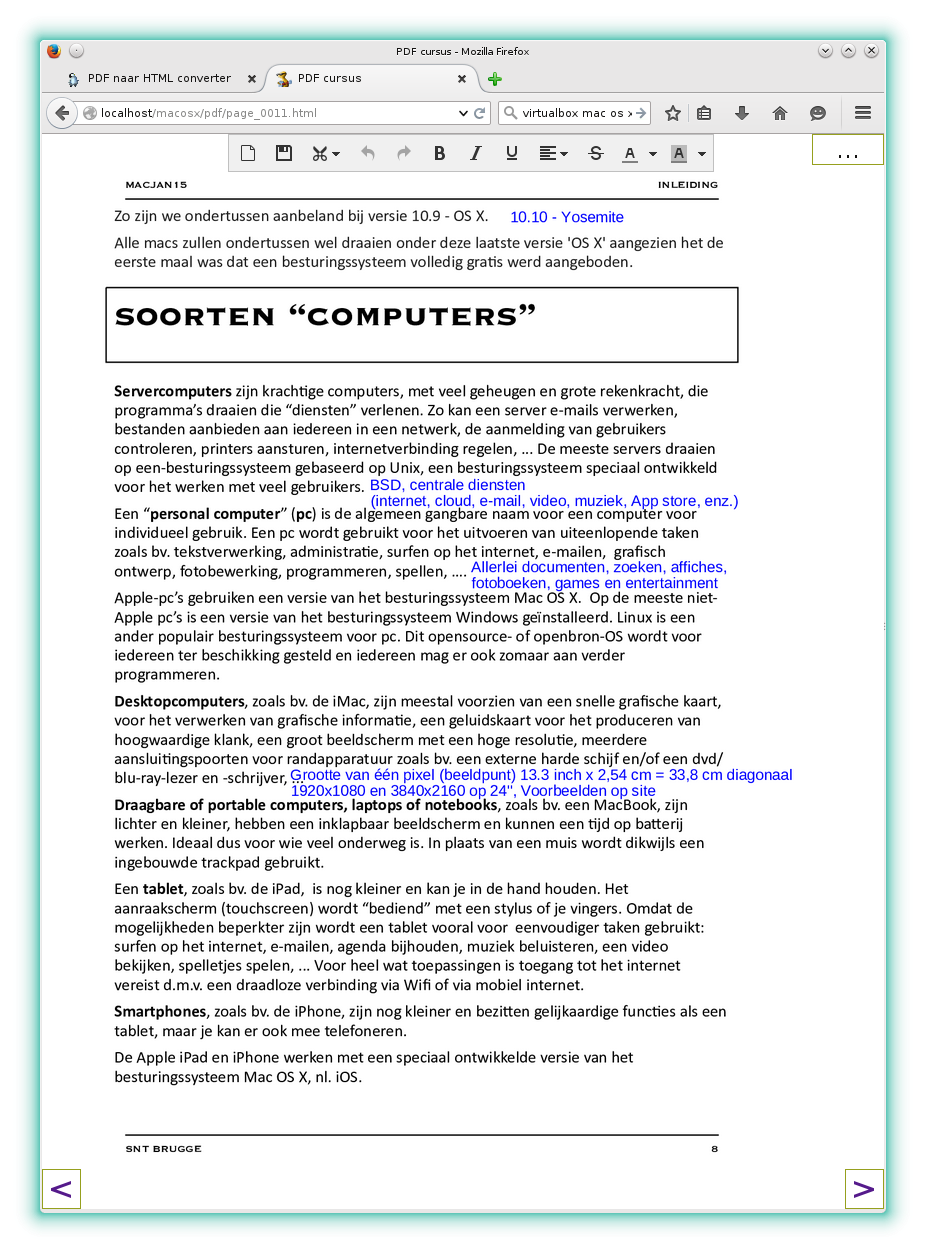
I think some documentation around blobkeys and how they function would go a long way. In this case, we have some fairly sensitive information and don't want it traversing our network, so rather than using epmautomate, we're attempting to leverage the APIs to push data into the filesystem that ePBCS uses and to run any data load/extraction rules.Īs an aside, though. Requires the use of "local" disk (could be network/S3/etc., but still connected to the host machine).Because when I open the stl file which is in octet stream has mixed characters. Add and update supported binary media types to an API To enable API Gateway to support a new binary media type, you must add the binary media type to the binaryMediaTypes list of the RestApi resource. But the files should be in plain/text format. Requires the use of a stored username/password There are codes for reading stl files on github.Typically runs from a Windows batch file.We don't want to use it in this case, though, because it: Here is the transformation needed to convert a file stream into base64: dw 2. ePBCS has a built-in set of APIs that are fairly well documented ( ), and an Oracle-provided, Java-based utility called epmautomate that can be used for instrumentation/orchestration. For DataWeave in Mule 3 apps, refer to DataWeave version 1.2 examples. Before you begin, note that 2.x versions of DataWeave are used by Mule 4 apps.

They use a PDF file as the input and output.
#Convert octet stream to text how to
We're feeding it into ePBCS for HR planning and budgeting. The following DataWeave examples show how to convert a file stream into Base64 and to convert a Base64 string into a file stream. We have payroll data delivered from our payroll provider (ADP) via SFTP.


 0 kommentar(er)
0 kommentar(er)
